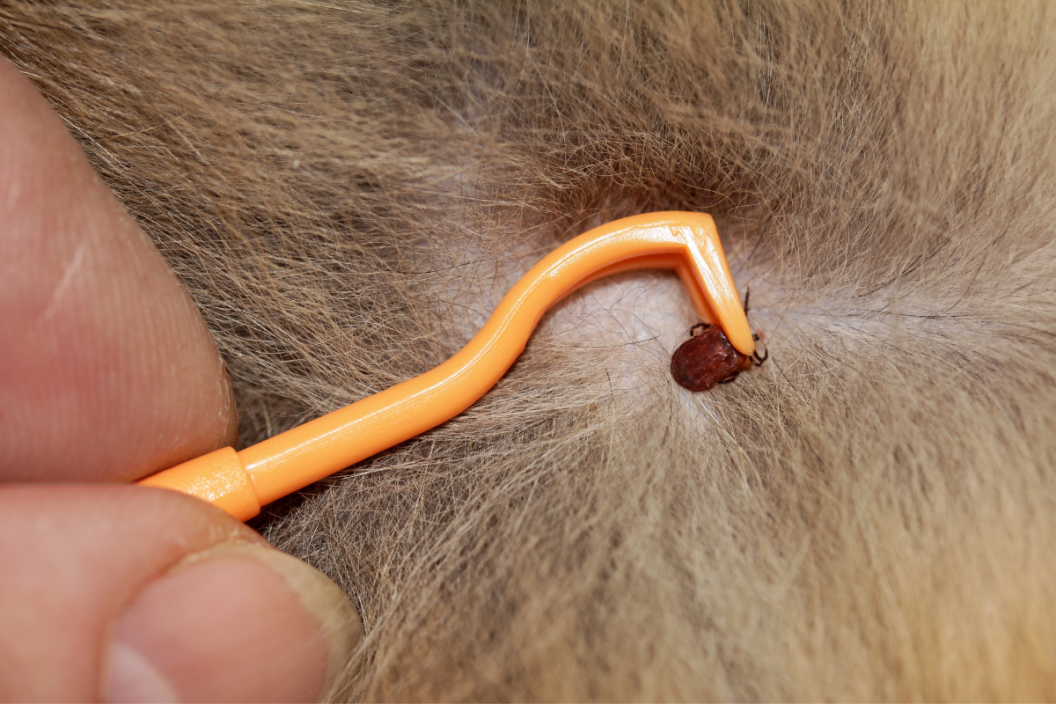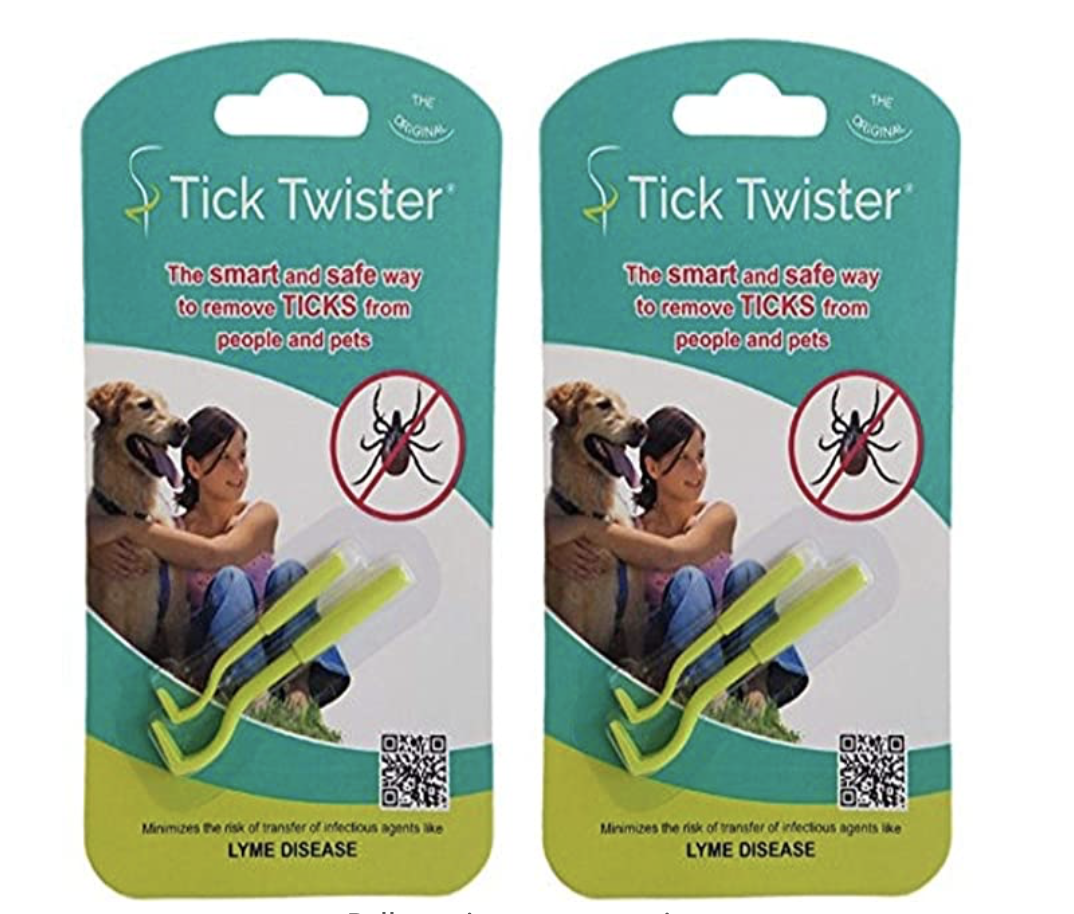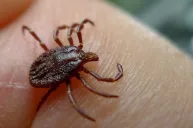Do you know the best method of tick removal for your pet?
If your animal likes to frolic in meadows or forests, there is a good chance they might pick up an insect parasite. Unfortunately, while many tick prevention products exist, none are 100 percent effective.
Ticks can cause several life-threatening diseases in your pet, the most common and the most dangerous being Lyme disease and others diseases like babesiosis and lameness, so prevention is essential. But when that fails, have a backup plan for tick removal.
It is relatively easy to safely and efficiently rid your pet of a tick infestation. Just follow the simple steps below, and your pet will be well on its way to being tick-free!
Preparing to Remove A Tick From A Dog's Skin
Don't avoid the great outdoors this season out of fear of ticks and fleas attaching themselves to your pets. Check out our flea and tick fact sheet, plus tick removal video, and enjoy the warmer weather! #dogsoftwitter #dogsofinstagramhttps://t.co/CionOnmx61 pic.twitter.com/UOJTUME1cL
— The Ontario SPCA and Humane Society (@OntarioSPCA) June 1, 2019
The best thing a dog owner can do before removing the tick from your dog's body is to gather up all of your tools. Unfortunately, it isn't easy to get to rubbing alcohol or a pair of tweezers after you have already started searching around in your dog's fur. So it's best to have everything set up to get ticks out before you start.
Items You'll Need:
- Latex gloves
- Tweezers or tick removal tools (like the Tick Twister)
- Antiseptic/ disinfectant (e.g., iodine, Chlorhexidine)
- Cotton balls
- Isopropyl alcohol
- Small jar
How to Remove Ticks From Your Dog:
RELATED: Ticks Cause Canine Paralysis, Check These 5 Hiding Spots to Be Safe
1. Protect yourself. Put on latex gloves to protect your skin from any tick bites.
2. Remove the tick.
With fine-tipped tweezers: Pinch the tick below the head and pull the insect away from the skin in one steady motion to get the entire tick. Avoid pinching your pet's skin, and be sure not to pull too roughly.
With a tick remover tool: Press the tool against your pet's skin and slide it toward the tick until the parasite is snagged in the notch of the tick removal device. When you pull back, the tick's body should remain in the notch of the tool. It is vital to remove the tick's head and all of its mouthparts.
3. Kill the tick. Pour isopropyl alcohol into a small jar or container and drop the live tick into the chemical liquid. It will instantly kill them. It is a good idea to keep these ticks around for identifying purposes if necessary.
4. Clean the bite area. Dab a cotton ball soaked in antiseptic on the bite site to prevent infection of the area. This will not prevent transmission of a tick-borne disease but can topically clean the area.
5. Monitor your pet. Keep an eye out for symptoms related to tick-borne diseases such as lethargy, inappetence, joint pain, fever, flu-like symptoms, or general abnormal behavior. If symptoms persist, take your pet to the vet.
What Are the Common Misconceptions?
Common misconceptions on removing ticks include home remedies and folklore remedies, like using a hot match to get the tick to wiggle out or rubbing the tick with petroleum jelly or nail polish to detach the tick. Unfortunately, these tactics can be dangerous because the tick's mouth can stay attached, and there is a higher risk for disease transmission.
You might want to bring along the tick jar so the vet can identify the species as certain ticks, like the deer tick, are linked to specific diseases. Of course, not every tick carries a disease, but if you are aware of the possibility of transmission, you could nip a long-term illness in the bud.
See how simple that is? Ticks are not fun to deal with, but removing them is an easy fix. Remember: prevention is the best way to avoid any tick infestation!
Visit the The Centers for Disease Control and Prevention (CDC) website for more information and resources.
Given how common Lyme disease is now (and other tickborne diseases like rocky mountain spotted fever), it's vital to learn how to remove a tick safely. You absolutely need pointy tweezers. Avoid heavily wooded areas if you can, and always wear long sleeves to protect yourself. Do a tick check when you're done with your walk or hike. The risk of infection can be high after you remove the tick from your dog. Keep an eye out for things like loss of appetite and lethargy, as those can often be signs of infection.
If you need medical advice, go straight to your vet's office.
Preventative Measures
Did you know that fleas and ticks can survive during the winter months especially in your warm home. Find out why prescription flea and tick prevention might be the right choice for your dog or cat. ?>https://t.co/HrClWbVpIx pic.twitter.com/lrHnn5ledc
— Felissa Elfenbein (@Felissahadas) December 2, 2019
It's good to have a removal process in place just in case your dog gets a tick, but they should not get a tick with proper tick prevention in the first place. Protect your pet by using repellents such as Frontline, Bravecto, or other flea and tick medications. If you are not sure which would be best for your dog, you can always consult your DVM on your next vet visit, or you can give your vet's office a call.
Many vets have preferred tick preventative medications that they will recommend for your pup. It is essential to prevent fleas and ticks from biting your dog and taking hold with monthly or quarterly flea and tick treatment. Some medications are topical, while others can be administered orally in a tablet or chew.
Has your pet ever had a tick? How did you get rid of it? Let us know on our Wide Open Pets Facebook page!
This story was originally published on Sep 5, 2019.






